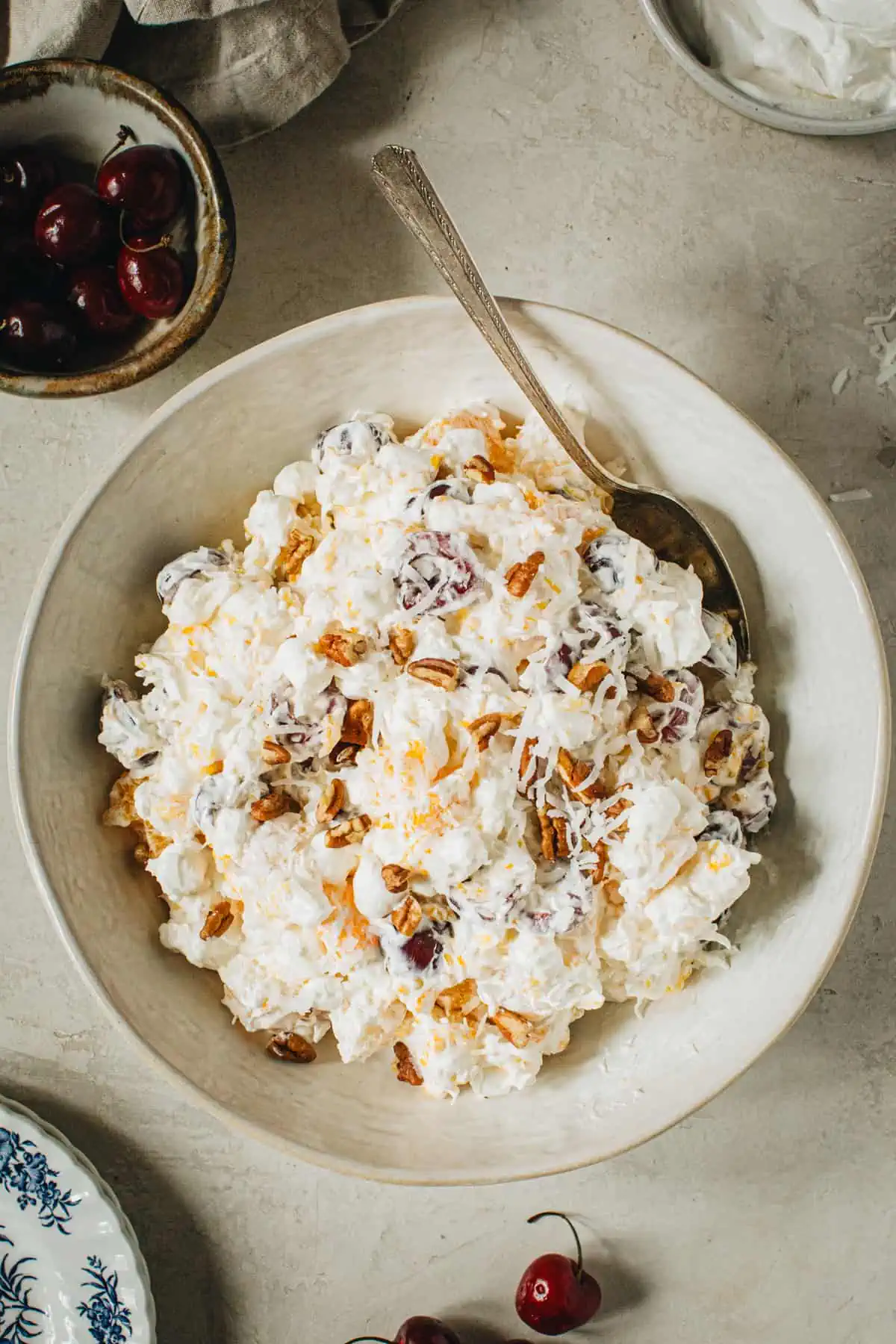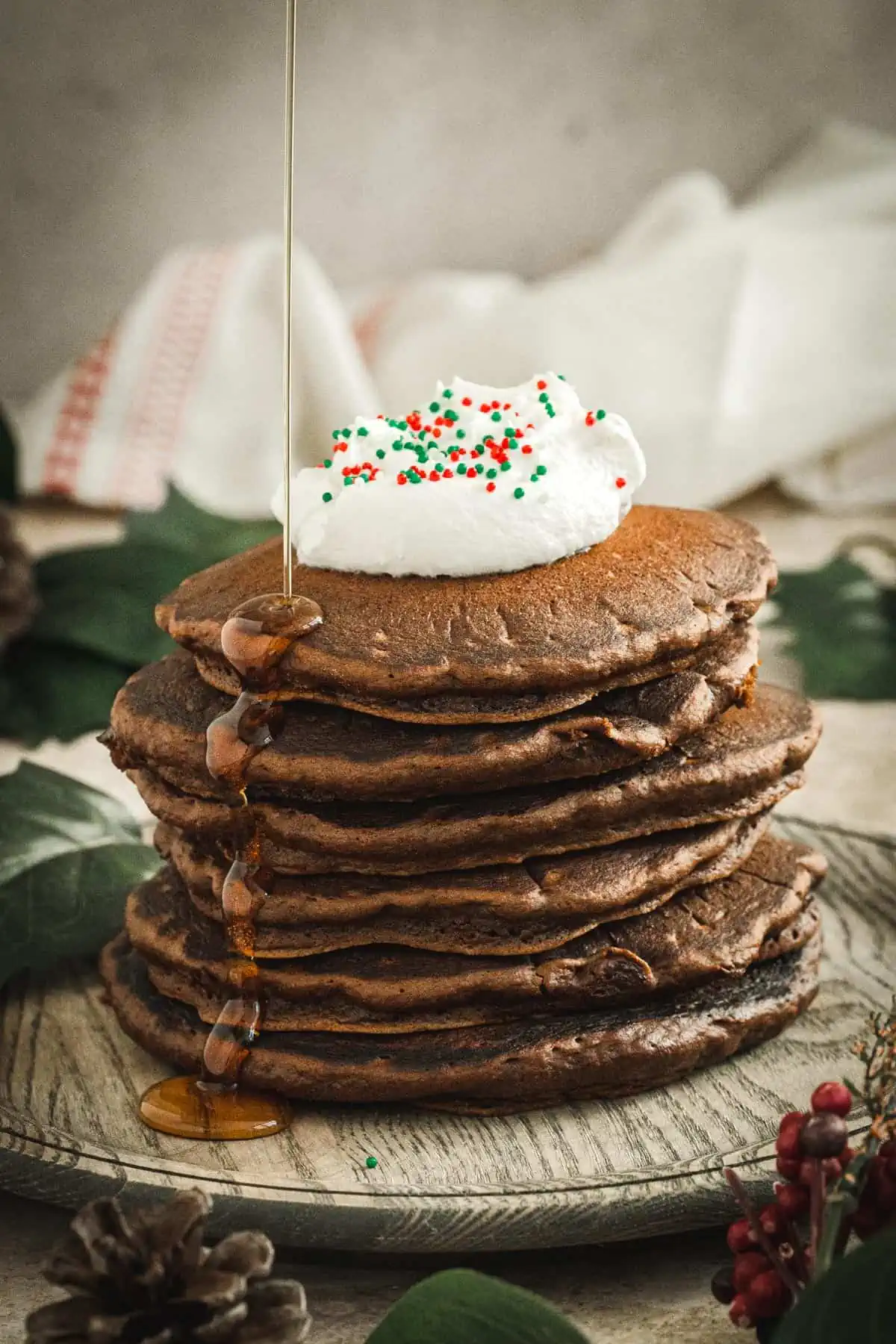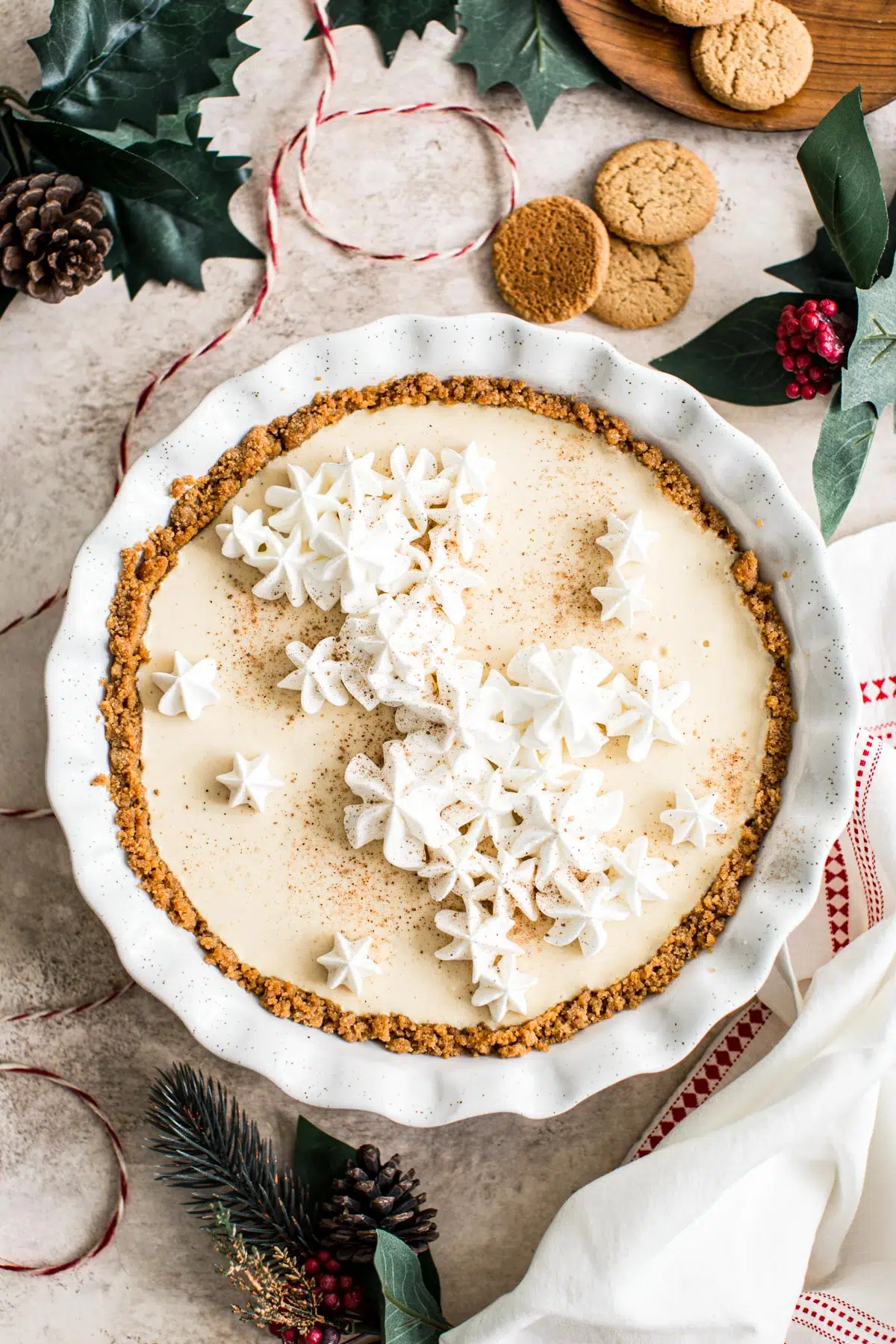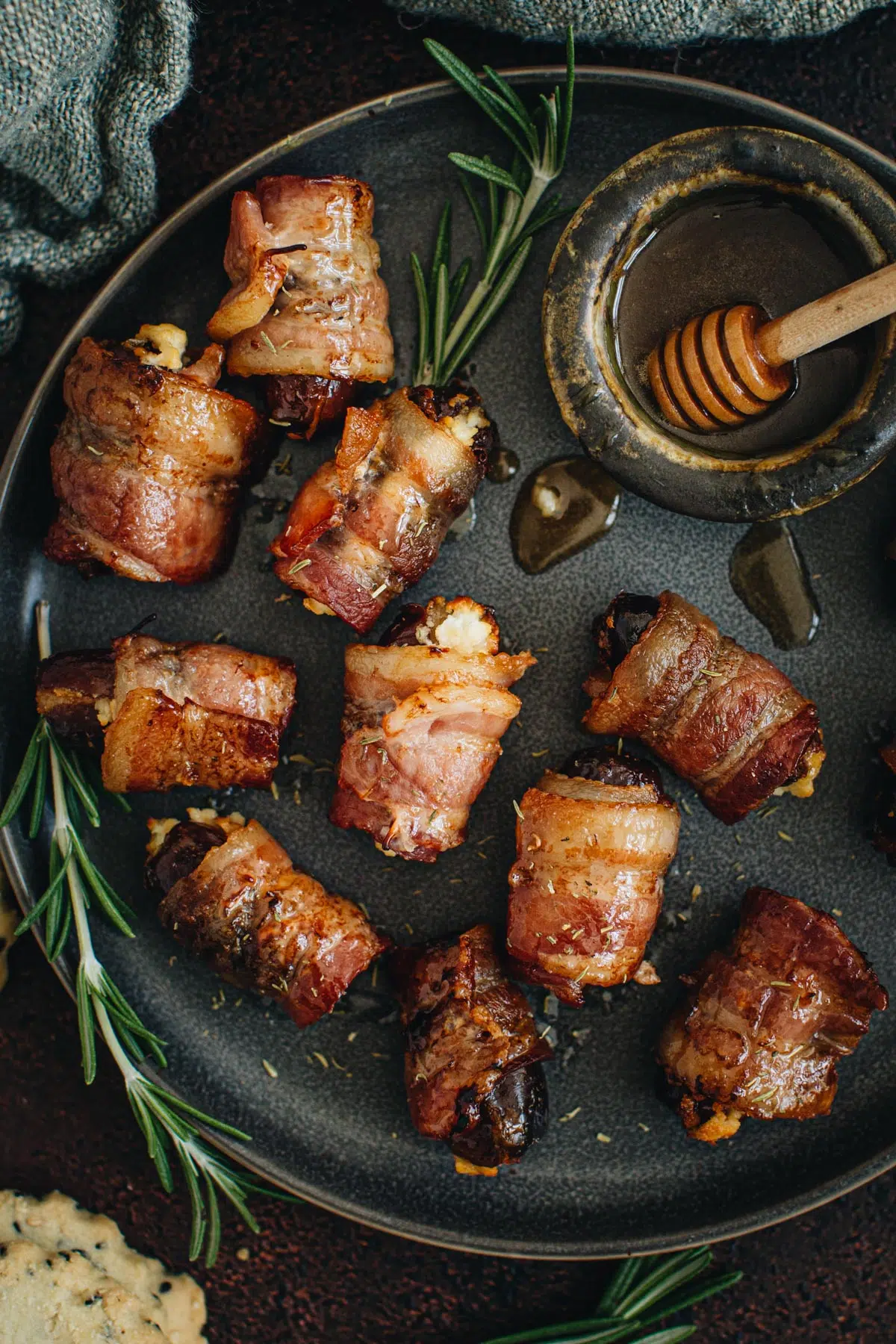Transport your taste buds to the heart of British tradition with irresistible English Scones. Immerse yourself in the perfect blend of crumbly, soft buttery goodness baked to golden perfection. Perfect for breakfast, brunch, or afternoon tea and ready in under 30 minutes.
Not to be confused with American scones, such as Cranberry Orange Scones, which have tons of mix-ins these are more similar to a southern biscuit. They’re best served with jams and spreads such as Strawberry Compote or Apple Butter and clotted cream.
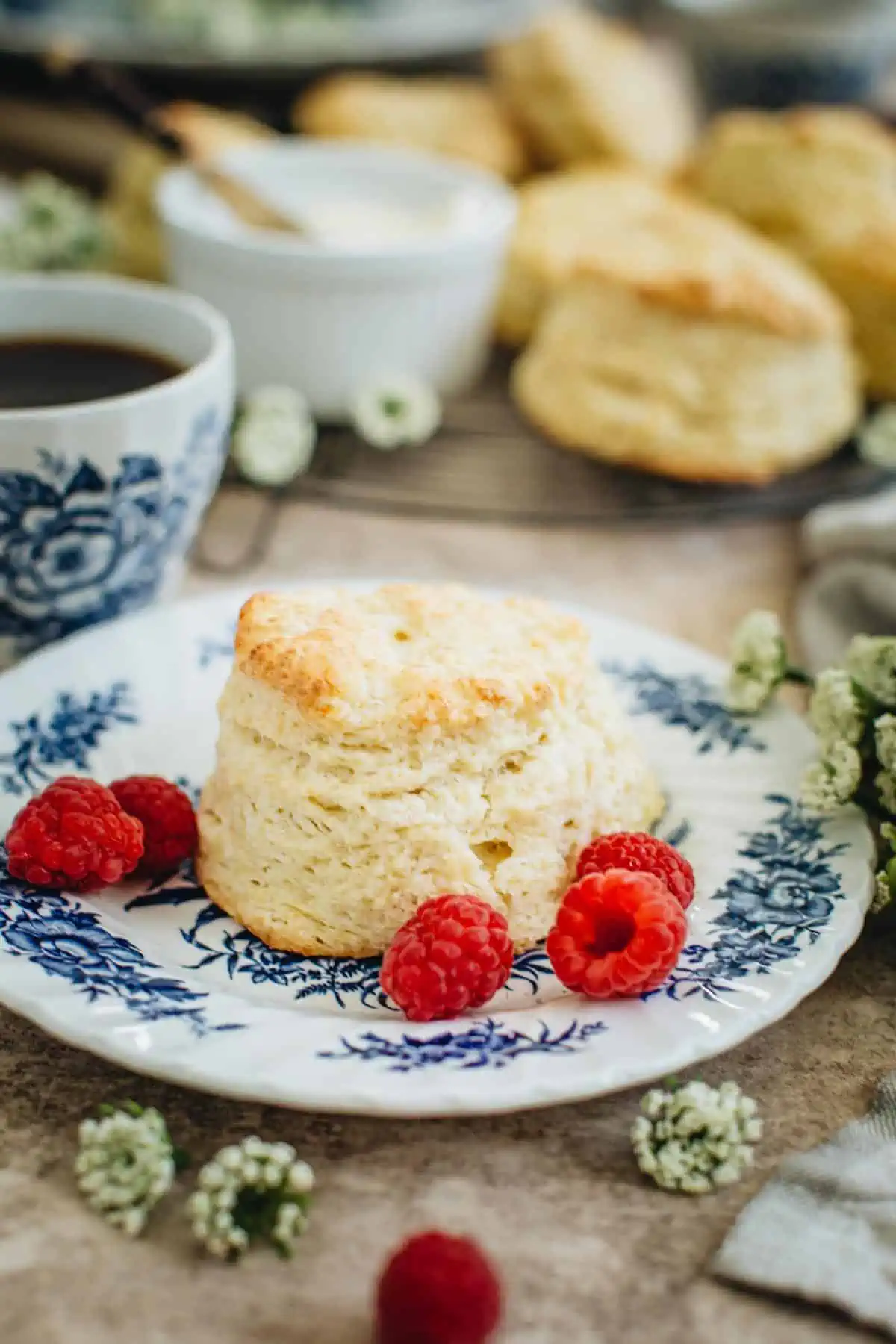
What I Love About This Recipe
- Quick: This recipe can be made in under 30 minutes, and there’s no chilling required. You’ll also want to work quickly to avoid sticky dough. They’re a perfect breakfast recipe, brunch, or afternoon tea.
- Simple Ingredients: You will only need pantry staples for this recipe. My only recommendation is to use a good quality butter, preferably English-style, such as Kerrygold or Plugra.
- Texture Delight: Revel in the perfect balance of a crumbly exterior and a soft, fluffy interior, creating a delightful textural experience with every bite.
How to Make English Scones
- Prep. Prepare a baking sheet by lining it with parchment paper or a silicone baking mat and preheating the oven to 425º F.
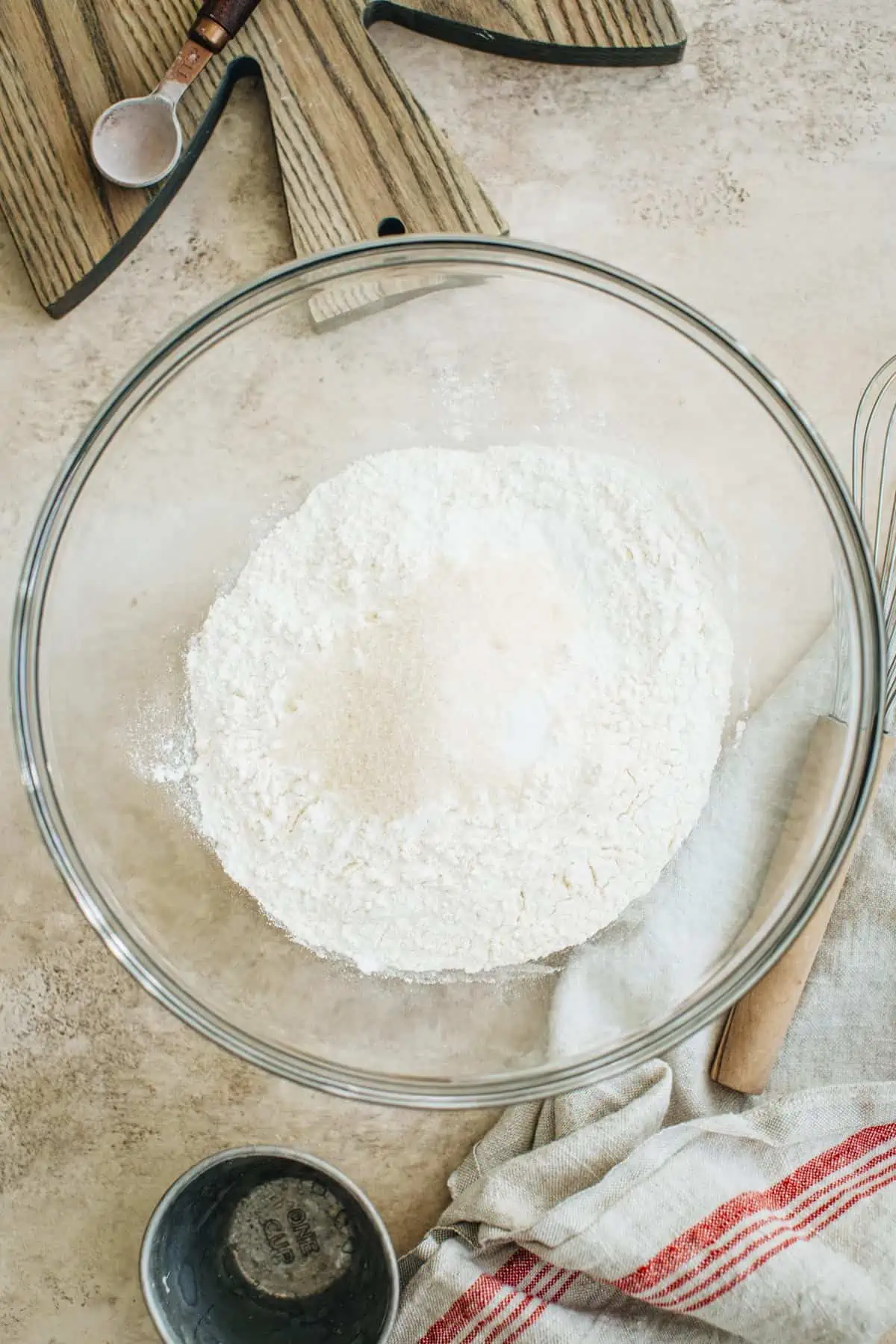
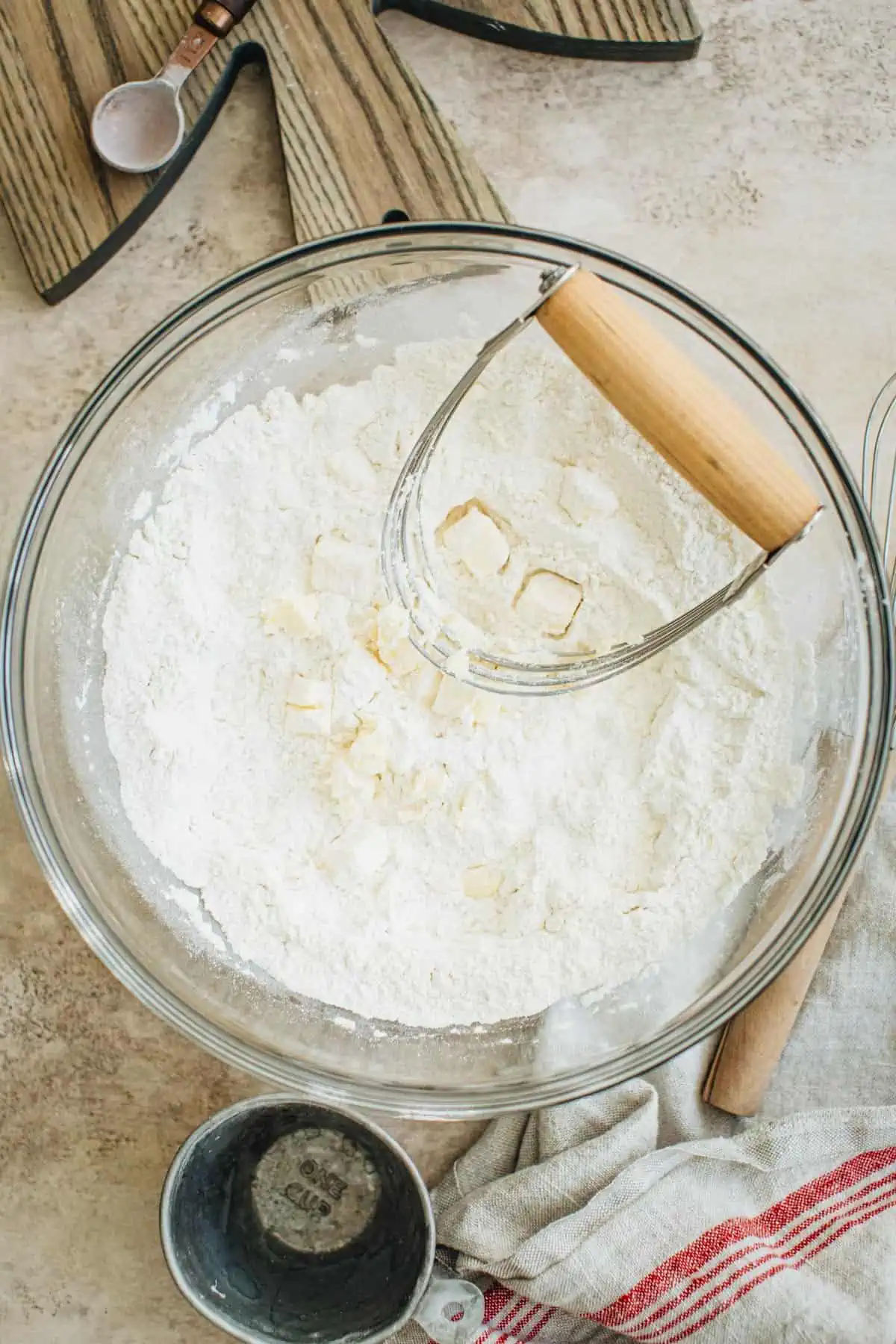
- Combine the dry ingredients. Spoon and level the flour and place it in a mixing bowl along with the baking powder, salt, and sugar. Whisk the dry ingredients together until combined.
- Cut in the butter. Cut the chilled butter into cubes and place it into the dry ingredient mixture. Using a pastry cutter cut the butter into the flour mixture until a crumb-like consistency forms.
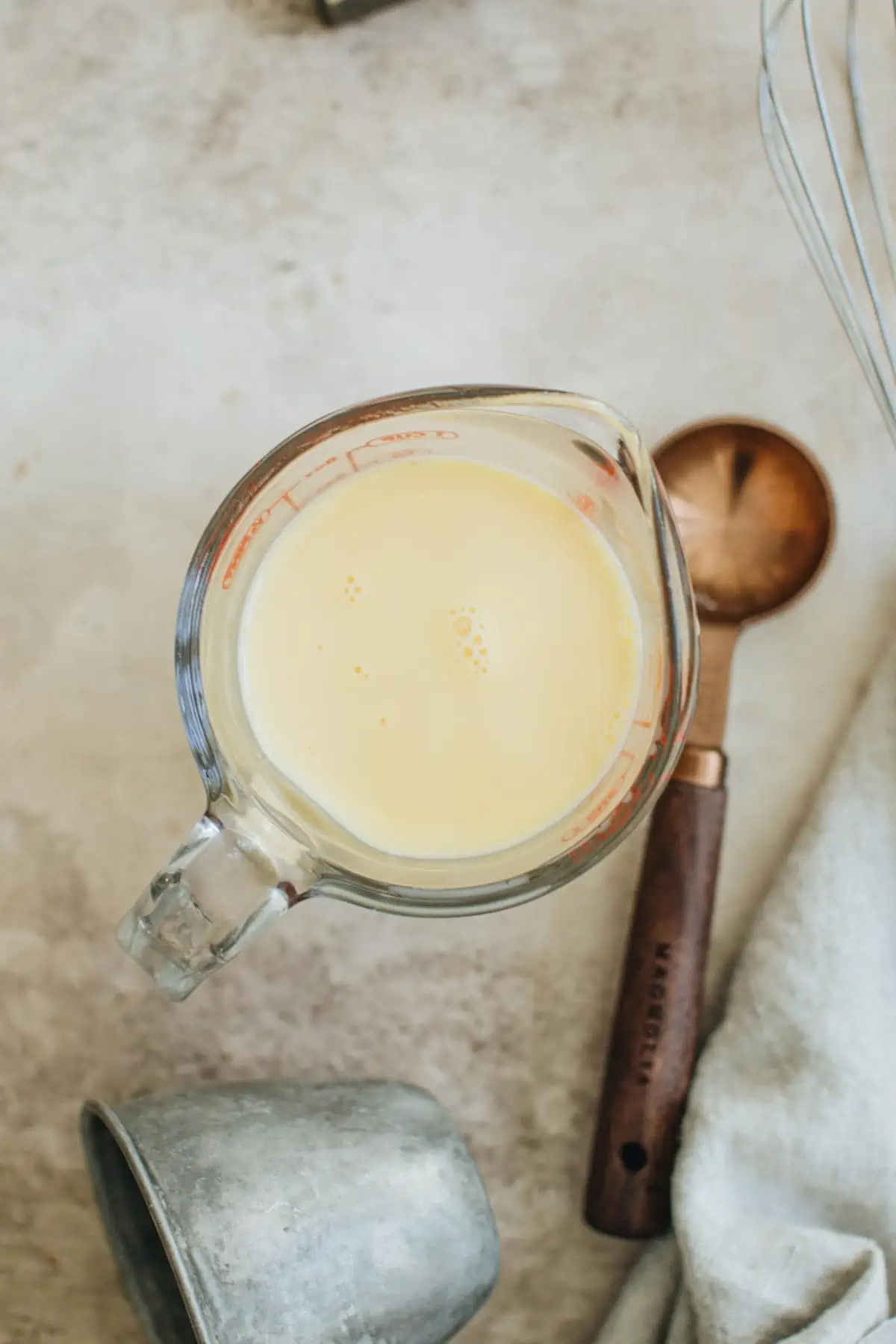
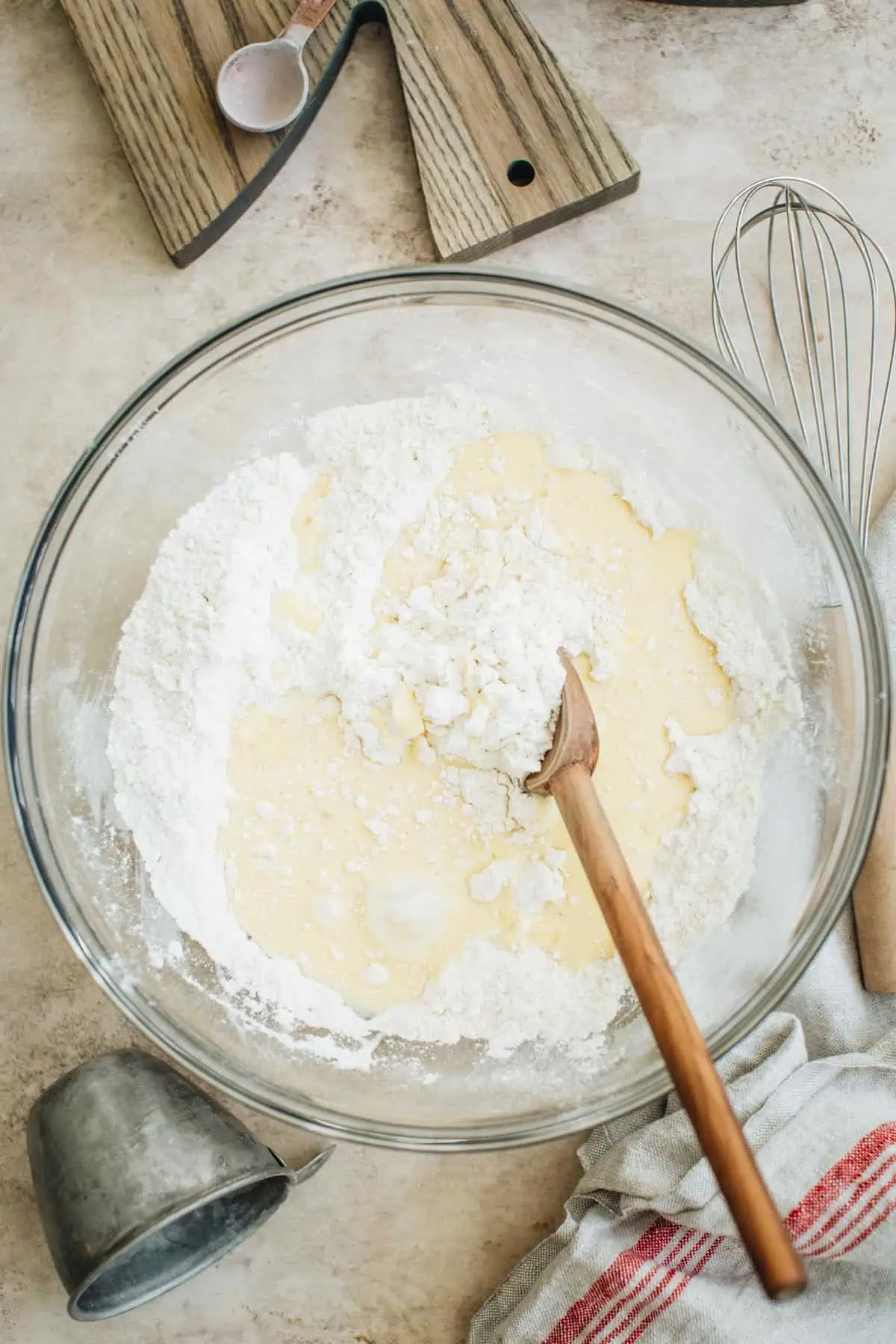
- Make the binder and egg wash. Whisk the egg and milk in a small bowl or measuring cup. Set aside 2 tablespoons of this mixture to be used later for an egg wash, then pour the remainder into the bowl.
- Incorporate the wet ingredients. Use a spatula or wooden spoon to incorporate it into the flour mixture until a rough, shaggy dough forms.
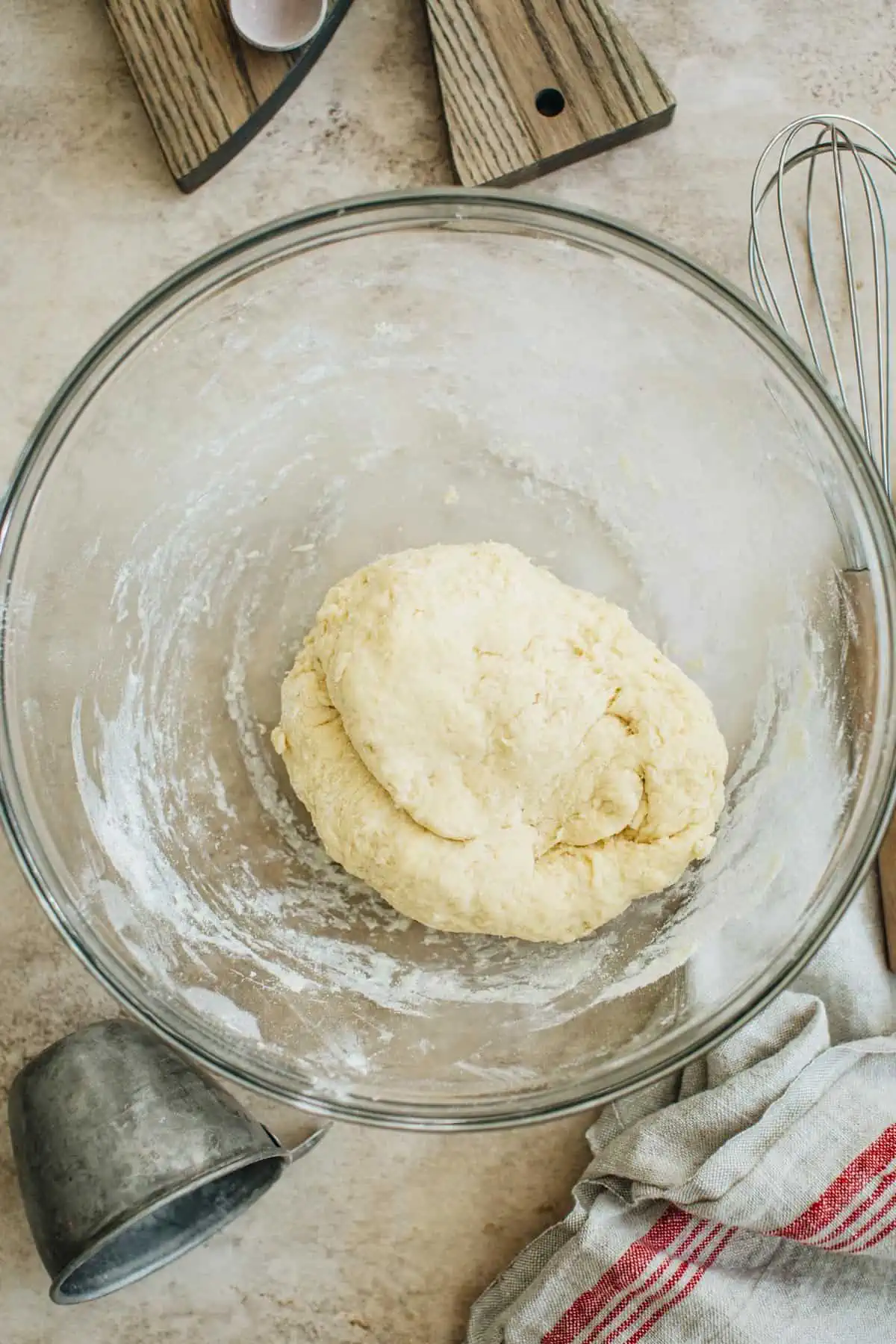
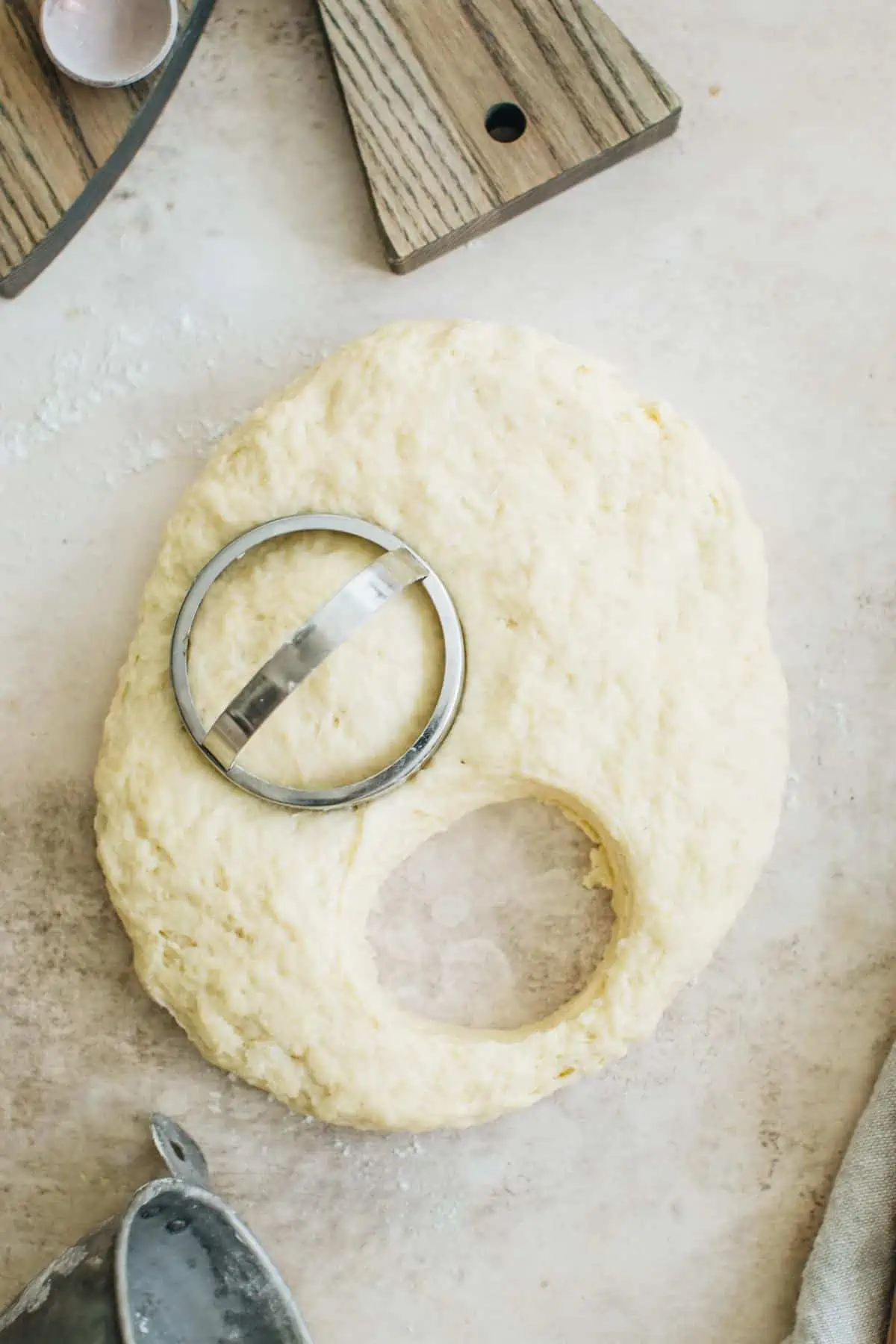
- Knead the dough. Turn the dough out onto a lightly floured work surface and begin to knead the dough by folding it over (about 10 times) and pressing into it until it forms a smooth ball.
- Cut out the scones. Flatten the dough to about 1 inch in thickness and use a 2 1/2-inch biscuit cutter to cut out rounds (don’t twist the cutter, press it straight into the dough). Place the rounds onto the prepared baking sheet.
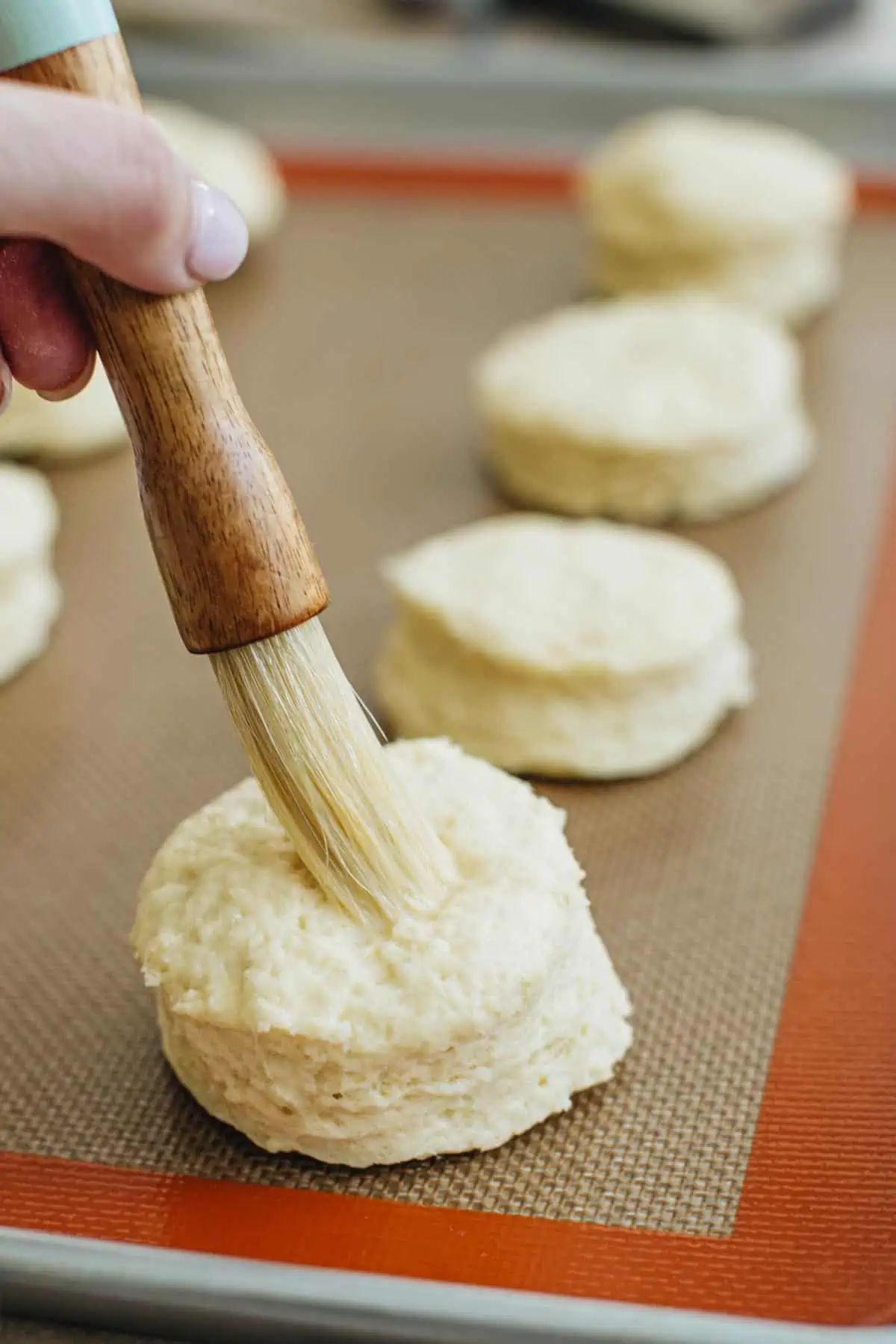
- Bake. Brush the tops of the scones lightly with the egg wash and then bake them for 10 to 12 minutes until the tops turn golden brown.
Storage and Freezing Instructions:
- To Freeze Baked Scones: Begin the scone-freezing process by flash-freezing for 45 minutes on a parchment-lined baking sheet in the freezer. Once adequately chilled, transfer the scones into a freezer-safe bag or container, where they can be stored for up to 2 months. When ready to enjoy, simply allow them to thaw gracefully at room temperature.
- To Freeze Unbaked Scones: Carefully position the dough rounds onto a baking sheet lined with parchment paper, allowing them to freeze for 1 to 2 hours. Afterward, transfer them to a freezer-safe bag or container. These scones can be baked directly from frozen whenever you’re ready to indulge.
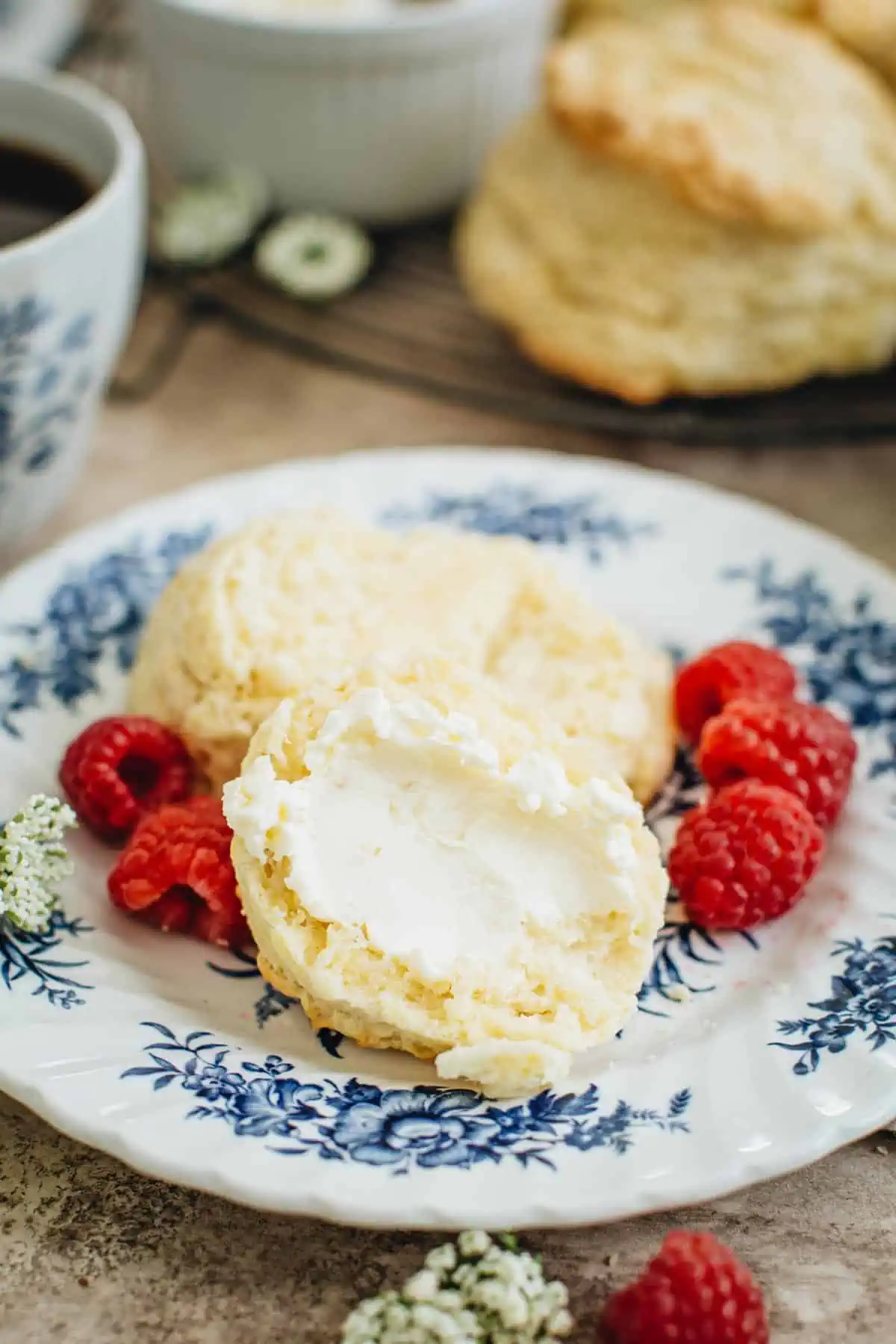
Recipe Variations
- Add currants. To give your scones some extra flavor you can mix in some currants or even raisins with the dough.
- Serving Suggestion. Serve with clotted cream and jam.

English Scones Recipe
Equipment
- Baking Sheet
- Parhment Paper
- Pastry Brush
- 2½-inch Biscuit Cutter
Ingredients
- 2 cups Flour spooned and leveled
- 4 teaspoons Baking Powder
- 1/2 teaspoons Salt
- 2 tablespoons Sugar
- 5 tablespoons Unsalted Butter cubed and chilled
- 1/2 cup Milk
- 1 large Egg
Instructions
- Prep. Prepare a baking sheet by lining it with parchment paper or a silicone baking mat and preheating the oven to 425º F.
- Combine the dry ingredients. Spoon and level the flour and place it in a mixing bowl along with the baking powder, salt, and sugar. Whisk the dry ingredients together until combined.
- Cut in the butter. Cut the chilled butter into cubes and place it into the dry ingredient mixture. Using a pastry cutter cut the butter into the flour mixture until a crumb-like consistency forms.
- Make the binder and egg wash. Whisk the egg and milk in a small bowl or measuring cup. Set aside 2 tablespoons of this mixture to be used later for an egg wash, then pour the remainder into the bowl.
- Incorporate the wet ingredients. Use a spatula or wooden spoon to incorporate it into the flour mixture until a rough, shaggy dough forms.
- Knead the dough. Turn the dough out onto a lightly floured work surface and begin to knead the dough by folding it over (about 10 times) and pressing into it until it forms a smooth ball.
- Cut out the scones. Flatten the dough to about 1 inch in thickness and use a 2 1/2-inch biscuit cutter to cut out rounds (don’t twist the cutter, press it straight into the dough). Place the rounds onto the prepared baking sheet.
Notes
- Don’t scoop the flour into the measuring cup. When you’re measuring out the flour, use the spoon and level method. Spoon the flour into your measuring cup and then use the back of a knife or other straight edge to level off any excess flour. This way you won’t end up with too much flour.
- Use fresh baking powder. One thing that makes English scones unique is how high they rise and to achieve this technique you need a fresh baking powder that’s no more than 6 months old.
- To make sure your butter is extra cold place it in the freezer for 10 minutes (while you’re setting up the rest of the recipe) and before you’re ready to cut it into the flour mixture.
- Don’t overmix the dough when kneading it. When you knead the dough it produces gluten, which can lead to a super tough scone if overworked. Fold the dough about 10 times and it should come together perfectly.
- To store place the scones in an air-tight container for up to 4 days. They do not need to be refrigerated.
Freezing Instructions
- How to Freeze Baked Scones – Flash freeze the scones for 45 minutes first by placing them in the freezer on a parchment-lined baking sheet. Remove them and put them in a freezer-safe bag or container for up to 2 months. Allow them to thaw at room temperature.
- How to Freeze Unbaked Scones – Carefully place the dough rounds onto a parchment-lined baking sheet and freeze them for 1 to 2 hours and move them to a freezer-safe bag or container. You can bake the scones from frozen.
Nutrition
This post was originally published on October 26th, 2022.



